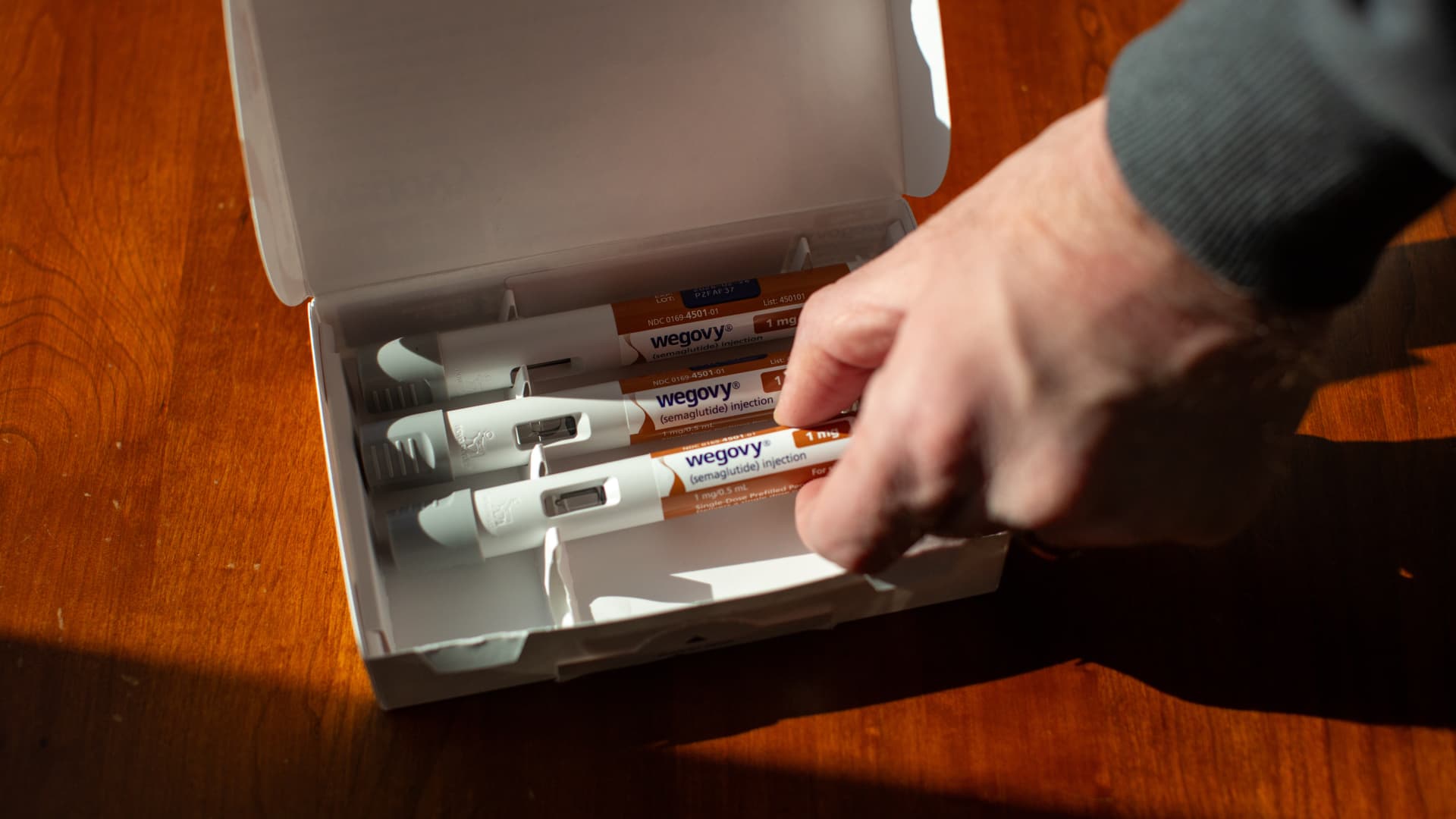Cigna’s New Agreement: What Copay Caps on Weight Loss Drugs Mean for Patients
In a landmark move, Cigna has announced a new agreement with pharmaceutical giants Eli Lilly and Novo Nordisk to cap copayments for popular weight loss medications. The deal, revealed this week, aims to improve affordability and accessibility for patients struggling with obesity—a condition affecting over 42% of U.S. adults. By limiting out-of-pocket costs, the initiative could reshape the landscape of obesity treatment amid soaring demand for GLP-1 drugs like Wegovy and Zepbound.
Breaking Down the Copay Cap Structure
Under the agreement, Cigna’s pharmacy benefits manager, Express Scripts, will implement copay caps of $25 to $150 per month for qualifying weight loss medications. This marks a dramatic reduction from current costs, which often exceed $1,000 monthly for patients without insurance coverage. The caps apply to:
- Novo Nordisk’s Wegovy (semaglutide)
- Eli Lilly’s Zepbound (tirzepatide)
- Select older GLP-1 therapies for diabetes repurposed for weight loss
“This is a game-changer for patients who’ve had to choose between their health and financial stability,” said Dr. Sarah Chen, a obesity specialist at Johns Hopkins University. “Copay caps remove a critical barrier to consistent treatment, which is vital for long-term success.”
The Rising Demand for Weight Loss Medications
The U.S. obesity epidemic has fueled unprecedented demand for GLP-1 agonists, with prescriptions surging 300% since 2020. Novo Nordisk’s Wegovy alone generated $4.5 billion in 2023 sales, while Eli Lilly’s newly approved Zepbound is projected to reach $2 billion annually by 2025. Despite their efficacy—patients often lose 15-20% of body weight—sticker shock has sidelined many.
“These drugs are life-changing, but affordability has been a nightmare,” said Marcia Ruiz, a patient advocate from the Obesity Action Coalition. “Cigna’s move could pressure other insurers to follow suit, finally making treatment equitable.”
Challenges and Criticisms
While applauded by patients, the agreement faces scrutiny. Some experts warn that copay caps could shift costs to insurers, potentially raising premiums. “There’s no free lunch,” noted health economist David Keller. “If everyone jumps on these drugs, the system must absorb billions in new spending.”
Additional concerns include:
- Prior authorization hurdles: Insurers may tighten eligibility to curb costs.
- Supply shortages: Drugmakers already struggle to meet demand.
- Long-term adherence: Weight loss drugs often require indefinite use, complicating cost sustainability.
The Broader Impact on Healthcare
Cigna’s decision reflects a growing recognition of obesity as a chronic disease, not a lifestyle choice. Studies show GLP-1 drugs can reduce heart attack risks by 20% and lower diabetes-related complications, potentially saving healthcare systems billions. “Investing in these therapies now could prevent costlier care later,” argued Dr. Chen.
Meanwhile, rival insurers like UnitedHealthcare and Aetna are reportedly evaluating similar copay models. The Biden administration has also signaled support for expanding Medicare coverage to weight loss drugs, which could further democratize access.
What Patients Should Do Next
For eligible Cigna members, copay caps take effect in Q1 2024. Patients are advised to:
- Confirm their plan’s updated formulary with Express Scripts.
- Consult providers about prior authorization requirements.
- Explore manufacturer savings programs for additional discounts.
As the healthcare industry grapples with obesity’s escalating costs and prevalence, Cigna’s agreement may herald a new era of affordability. “This isn’t just about weight loss—it’s about preventing disease and improving lives,” said Ruiz. “Patients finally have hope.”
For updates on insurance coverage changes, visit Cigna’s official portal or consult your healthcare provider.
See more WebMD Network



